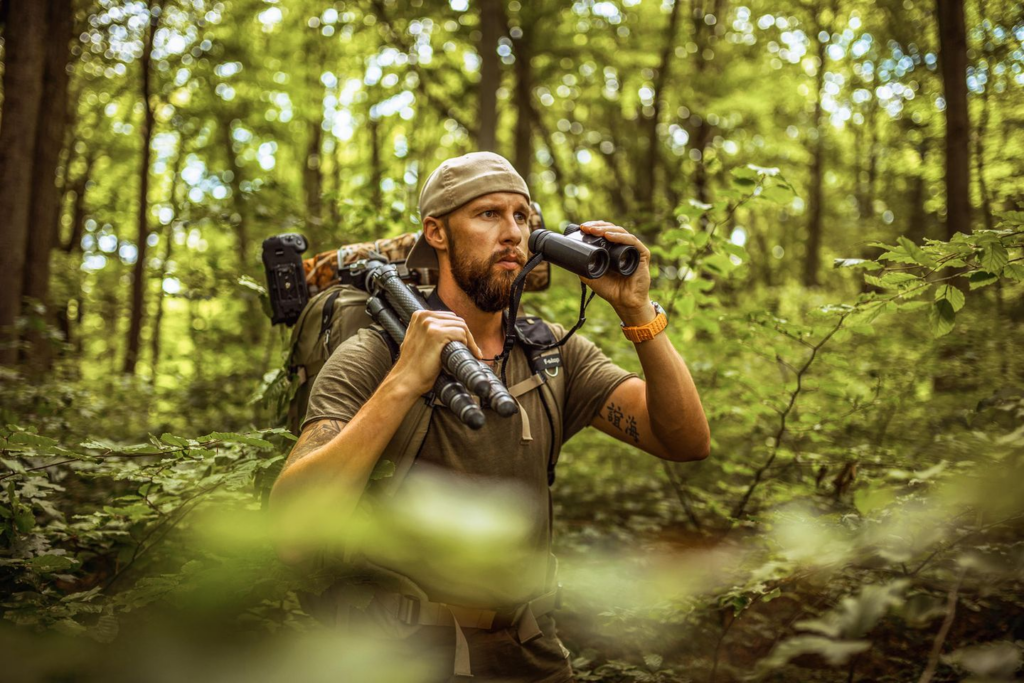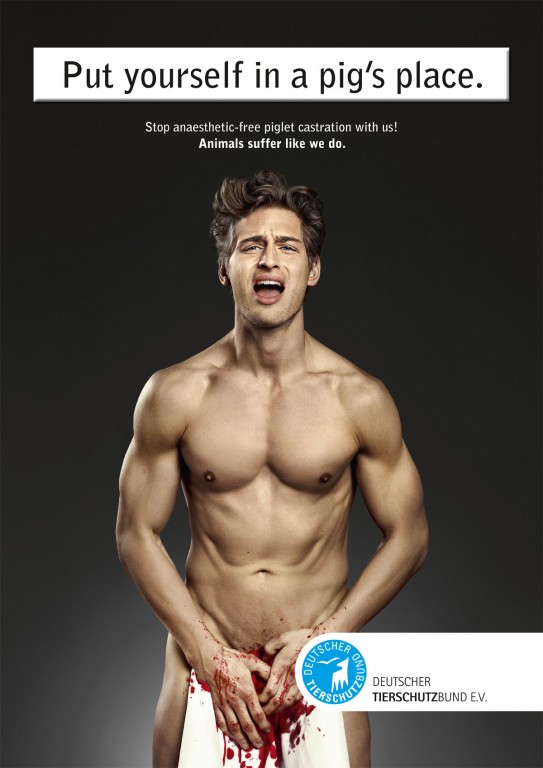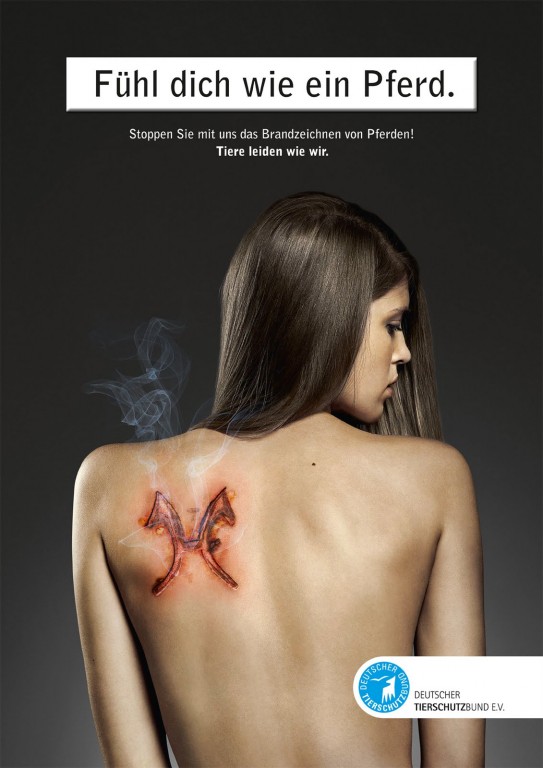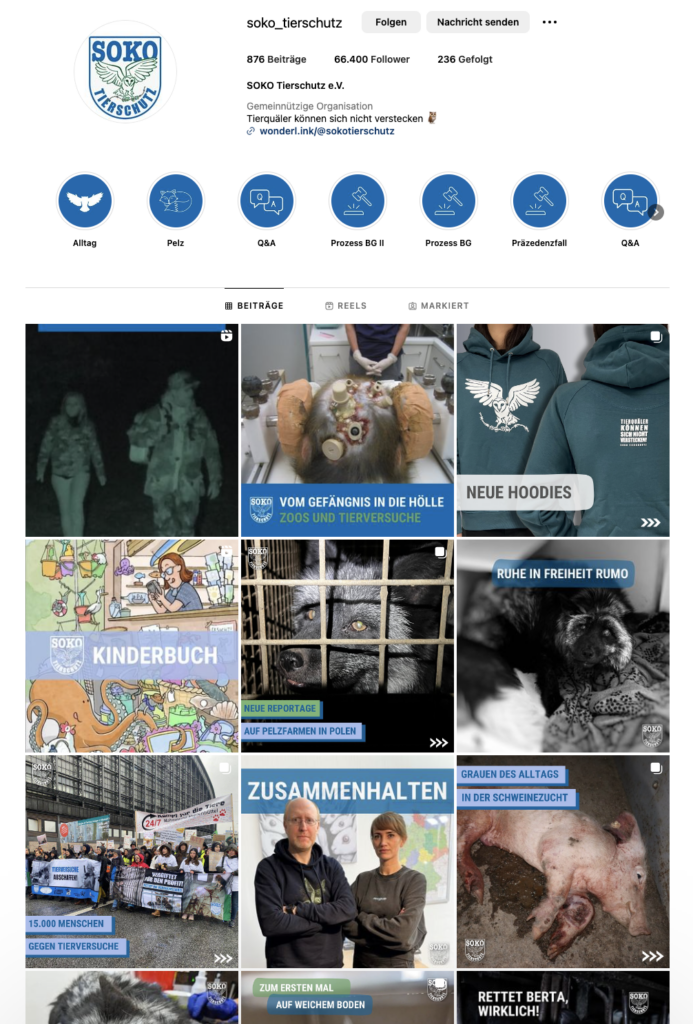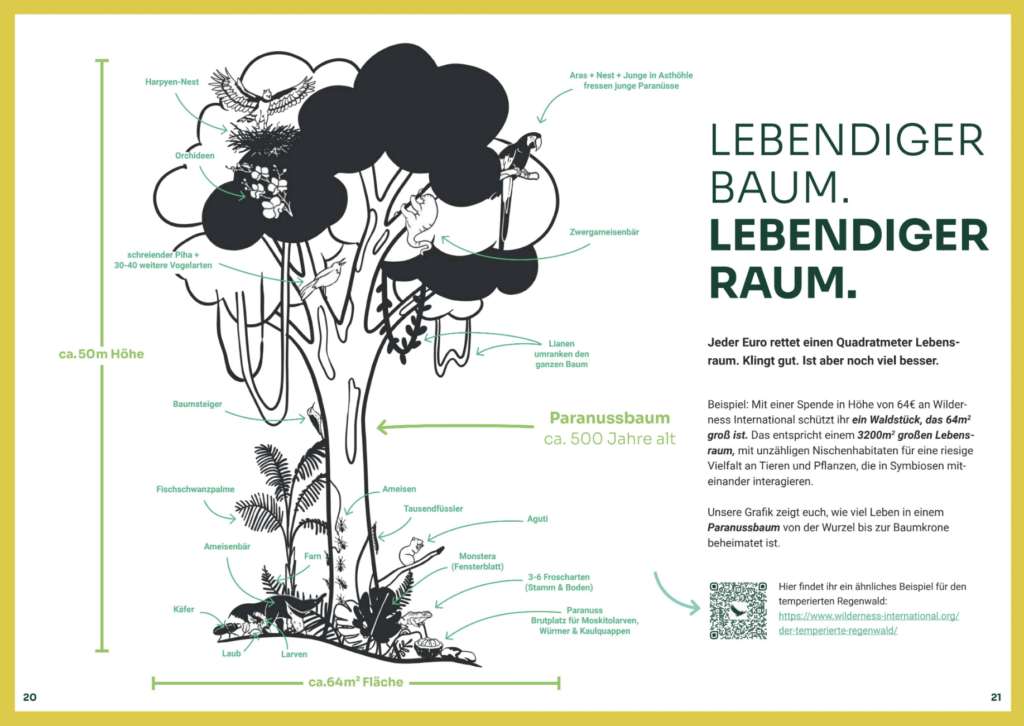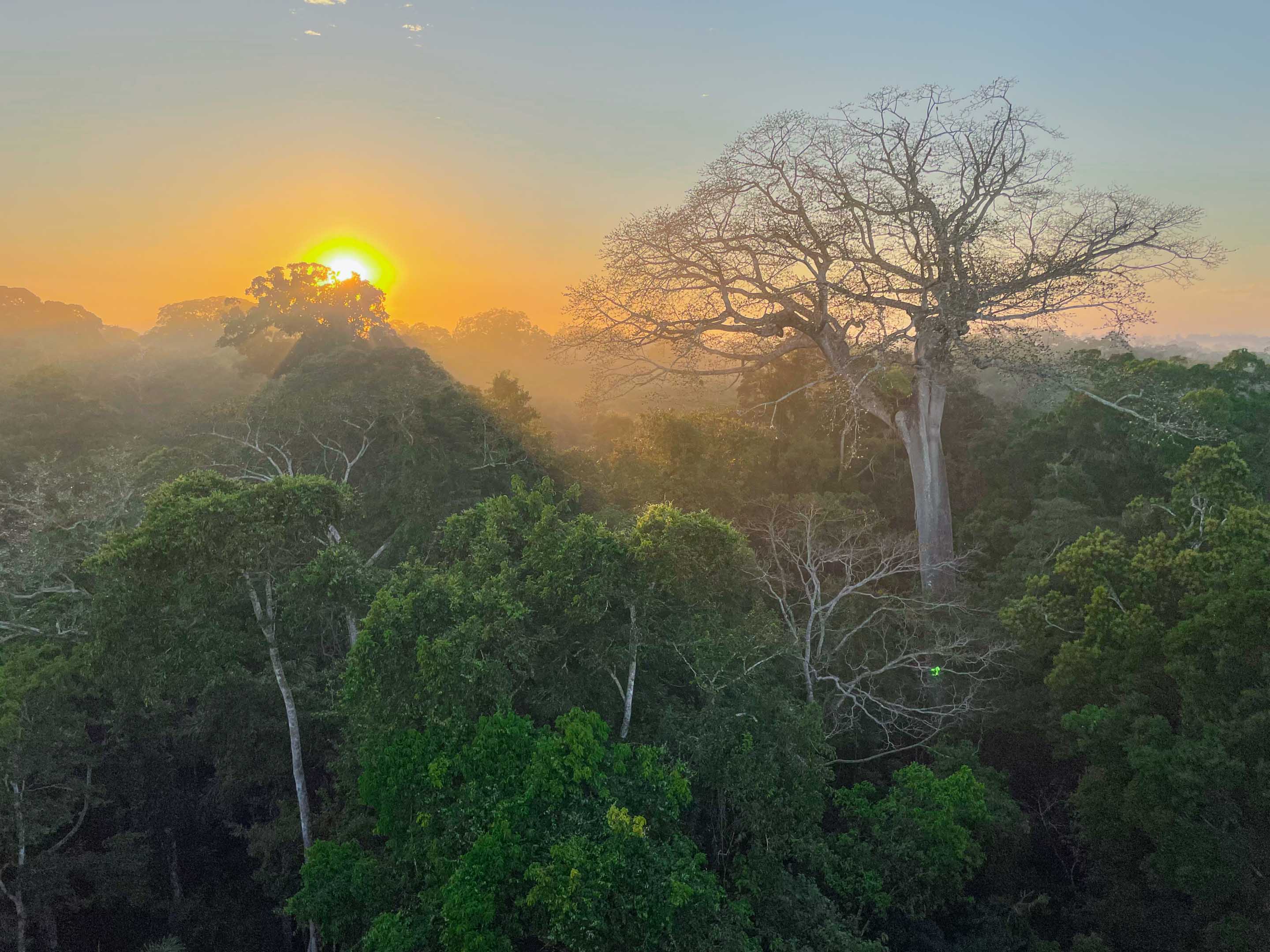So in between all of this analysis I thought that it would be important to look into the regulations for advertising. In the ever-evolving landscape of advertising, the pursuit of capturing attention often leads marketers to the edge of creativity and controversy. Provocative advertisements, designed to provoke strong reactions, have become a common tool in the advertiser’s arsenal. However, as the quest for attention intensifies, so does the need to delineate the boundaries between what’s attention-grabbing and what crosses ethical lines.
This blog post delves into the intricate world of advertising restrictions, exploring the fine line between captivating content and potential ethical pitfalls. In the pursuit of getting the attention, how much is allowed for animal abuse. As we have social media and classic media where the topic is communicated differently.
The first thing that pops up when you search for regulations in advertising for animal welfare is about the ban for adverts for torture breeding traits. It was started in September 2022. Animals which cannot breath properly due to overbreeding, have no hair or are in pain with every move. „Qualzucht“ refers to breeding practices that prioritize certain physical traits at the expense of the animal’s health and well-being. This may involve selecting for exaggerated features that can lead to severe health problems or discomfort. Often they are breed like that because people prefer the look – and so they also were used a lot in advertisements which led to people wanting these specific kind of animals themselves. Due to health issues a lot of them get into shelters when the people don´t want to pay the high fees at the vet anymore – a decision to get this animal which could be influenced by such adverts. So here we see that not showing something in adverts may help to reduce the buying decisions.
Directly connected to animals there is in the orf-regulations:
㤠Section 13 includes commercial communication. The advertising ban in para. 4 has been extended (to include the area of devices intended for tobacco products and related products for consumption).
As in the AMG, the protection of animals in advertising for the marketing of medicinal products and therapeutic treatment has also been included here.“
And in the audiovisual Media Services Act:
„§ Section 34 para. 2 Commercial communication relating to medicinal products, medical devices and therapeutic treatments must not harm animals.“
A lot of regulations are including health and nutrition, alcohol, tabac and the protection of minors. But in my topic it would also be important to know what are the limits in advertising – not directly for animals. But some organisations use cruel images and videos with disturbing content which is mainly streamed on social media (slowly the documentaries are finding their way into television) – what are the regulations for content like this? On a google support questions they write that in their payed adverts they do not want (which is kind of the same for many other platforms):
Examples of content that we may consider violent or shocking:
- Vulgar language
- Violent language
- Discriminatory terms or images
- Cruel images
- Explicit depiction or description of injuries caused by violence
- gratuitous depiction of bodily fluids or excrement
- Advertising that may shock or cause fear
- Advertising in which sensitive events are marketed
We consider the following content in video ads to be shocking:
- Violent or repulsive images that may have a shocking or disturbing effect on viewers and may show, for example, the following:
- Blood splatter
- bodily fluids
- Human or animal remains
- Explicit depiction of the consequences of an act of violence
- Images of violence or blood at the center of a video scene
- The violence depicted in the video is realistic if it is posted in a dramatic context
- Other factors include perspective, focus and clarity of the images.
So with this criterias the campagins from Soko Tierschutz would never be allowes to be payed adverts. As I know they sometimes blurr scenes but I also could already watch some really disturbing content on their channel – which was never a paid advert. On the one hand it would be important for specific topics to show the reality as a lot of people still are not aware of what is going on. Most know that not everything is going the right way but they do not know how bad it actually is. In a paper about a press conference March 2023 they presented a study on how people see the current situation and which expectations they have when specific terms are used in slogans or on products.
Just a short exerpt from that:
- Consumer Expectations: Consumers expect a strong connection to Austria for products labeled „Made in Austria,“ especially in terms of raw materials and manufacturing. Regional products are expected to have ingredients and processing within a limited distance, usually within Austria.
- Importance of Animal Welfare: Animal welfare is crucial for almost 88% of respondents, encompassing factors like proper animal housing, stress-free slaughter, ethical feeding, outdoor access, and short transports.
- Discrepancy Between Expectations and Reality: The survey indicates a misalignment between consumer expectations and the actual content of products. Advertising, especially concerning origin and regional claims, can be potentially misleading, necessitating a balance between marketing and truth.
- Advertising Impact on Perception: Advertising, especially using terms like „Made in Austria,“ influences consumer perceptions. For instance, consumers expect higher quality and less contamination in plant-based foods and better animal welfare in animal products when associated with Austria.
- Challenges in Regional Definitions: Consumers value regional products but struggle with clear definitions. The term „regional“ lacks legal or food book definitions, creating uncertainties in consumer understanding. However, nearly all respondents expect at least Austrian origin for products labeled as „regional.“
- Desire for Clear Labeling and Regulations: Consumers demand more transparent and truthful advertising. The AK (Arbeiterkammer) proposes several measures, including binding animal welfare labels, supplementing origin labels with animal welfare standards, defining „regional,“ a new quality label law, and effective controls by food authorities.
In conclusion, the survey highlights the need for clearer regulations, transparent advertising, and effective controls to align consumer expectations with reality, particularly regarding the origin and welfare standards of products in Austria. So as we see people get are dazzled and influenced by special expressions in advertising. The question is whether it becomes legitimate in a way to use cruel material for advertising to show the reality and to shake people awake. And also there are organisations which say that the adverts where animals are happy and outside doesn´t show the reality and so it is kind of false advertising as well – but there is no an effective legal remedy.
https://wien.arbeiterkammer.at/interessenvertretung/konsument/Presseunterlage_20230327.pdf
https://vgt.at/presse/news/2022/news20220421ff.php
https://support.google.com/youtube/answer/6362085?hl=de
https://wien.arbeiterkammer.at/interessenvertretung/konsument/Presseunterlage_20230327.pdf

